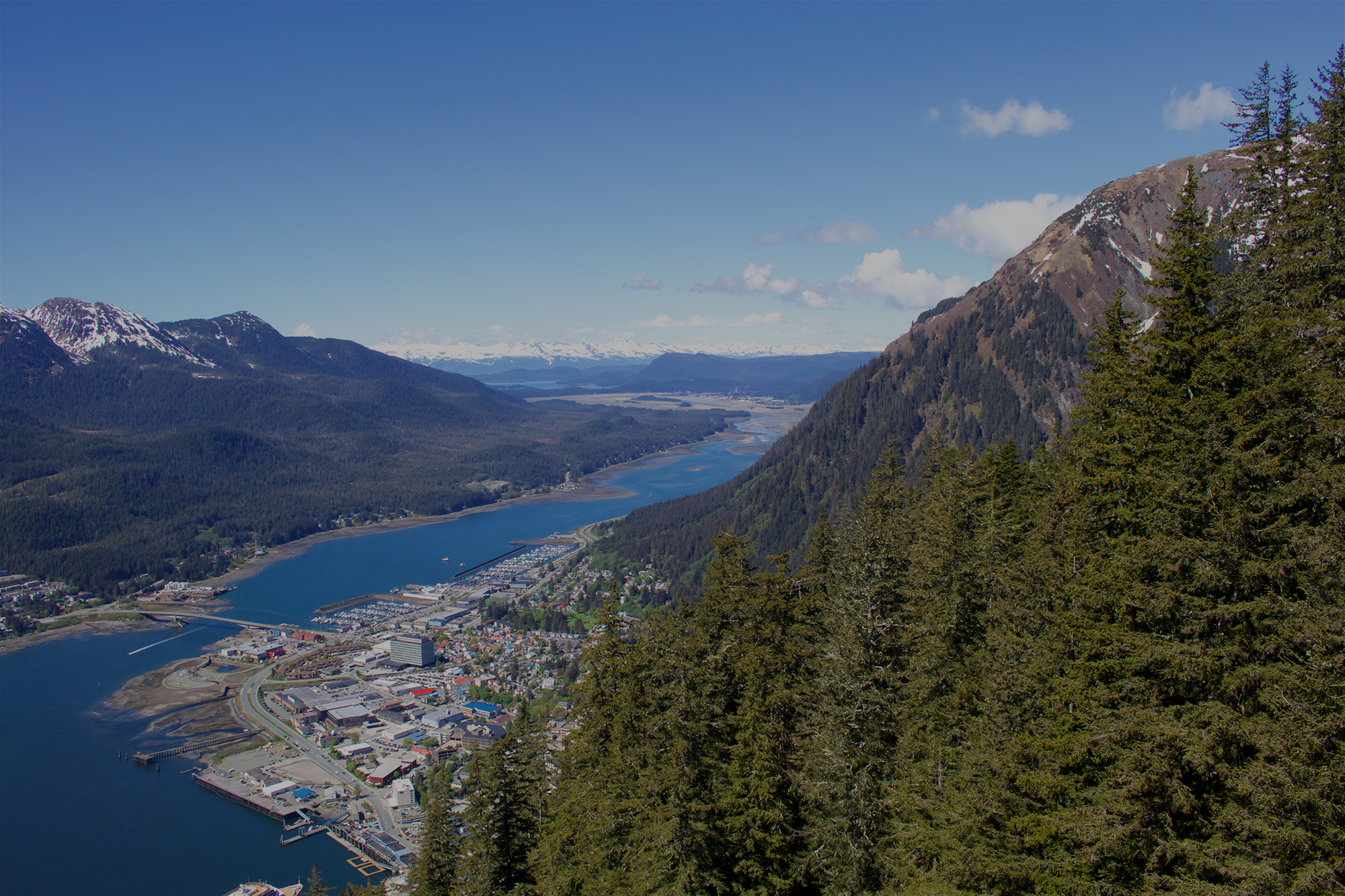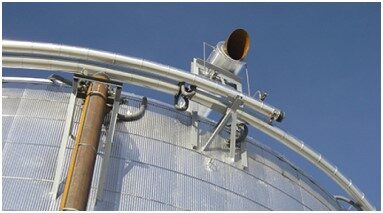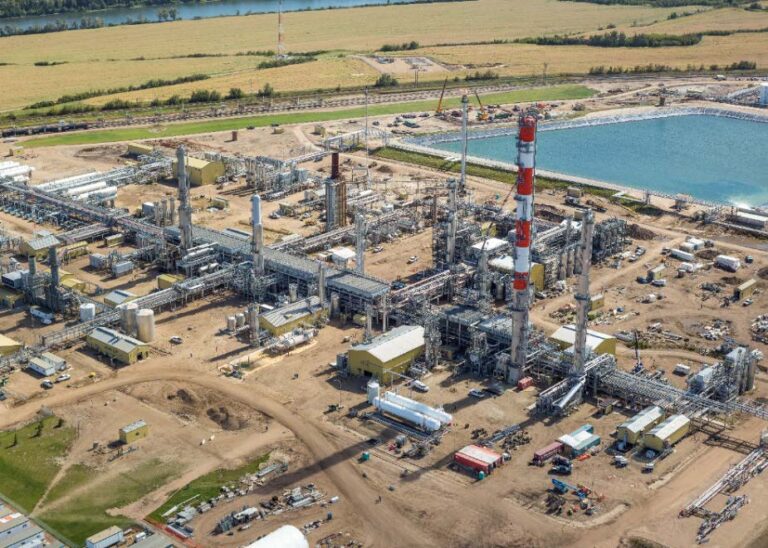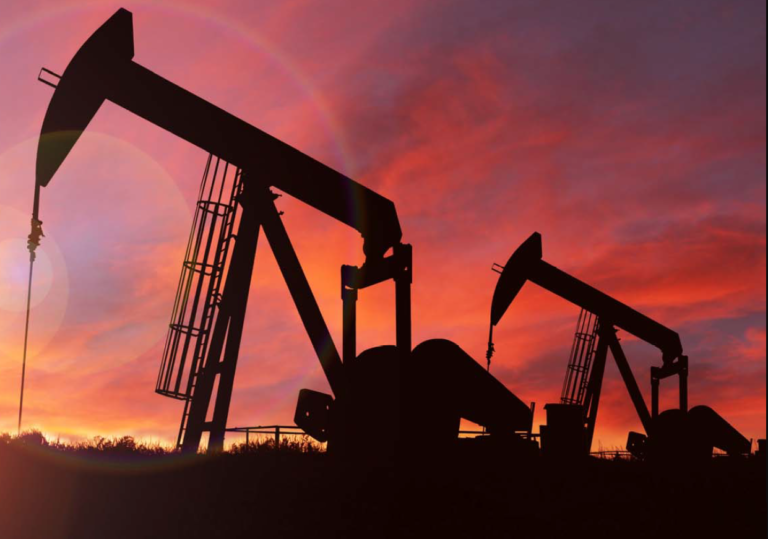Market Briefing: How the increasing cost of carbon is impacting good engineering design practice and creating new opportunities.
Did you know that Alberta has had carbon emissions reporting and reduction regulations in place since 2007?
Initially placing a modest $15 price on a tonne of carbon dioxide-equivalent (CO2e), this price has steadily increased over time to the current $30/tonne and is set to increase to $40/tonne for 2021 – and is expected to increase again to $50/tonne for 2022, then increasing by $15/tonne per year to 2030.
With this step-change in carbon value, understanding the GHG emissions profile of different engineering design options is becoming ever more important to excellent design and estimating practices, cost-benefit analysis, and corporate decision making. Fundamentally, the cost of carbon may now make the difference in what options represent the best value.
How does this impact your operations?
The current regulatory framework is the Technology Innovation and Emissions Reduction (TIER) Regulation, which came into effect Jan 1, 2020. TIER applies to facilities with over 100,000 tonnes CO2e/year of emissions (although smaller facilities may also be eligible to ‘opt-in’ to be covered by TIER and smaller oil and gas facilities are also allowed to ‘aggregate’ and apply to be covered). Facilities regulated under TIER avoid the Federal Fuel Charge but must submit an annual compliance report and achieve reductions in their annual emissions intensity (tonnes CO2e/unit production) compared to a baseline level. For most facilities, this means reducing emissions intensity by 10% compared to their 2013-15 average.


TIER brings both costs and opportunities to companies across Alberta – for facilities that fail to reduce their emissions intensity to the required level comes the cost of ‘truing up’ (i.e. coming into compliance with TIER). The default to do this is by purchasing Fund Credits from the Alberta Government’s TIER Fund (at the current $/tonne price). By contrast, facilities that manage to exceed their emission reduction obligations can actually create a revenue stream, as the excess reductions can be converted into a tradeable commodity called an Emissions Performance Credit (EPC); these EPCs can then be sold to other facilities to use as an alternative to a Fund Credit.
Facilities which are not regulated by TIER also have an opportunity to create additional value by choosing to participate in this carbon market. Where non-regulated facilities voluntarily undertake certain emissions reduction activities – including energy efficiency, carbon capture and sequestration, vent gas capture and many renewable energy projects – they can create Offset Credits (OCs). Like EPCs, these can then be sold to TIER regulated facilities as another alternative compliance option to Fund Credits.
It is worth noting that projects which at $30/tonne may not have passed ROI thresholds could well look different under $40 or $50/tonne carbon prices.
How can Rangeland help?
At Rangeland, we have always considered our client’s needs first when evaluating project options and considering project value. We understand that reducing GHG emissions is not only good for the environment but can meaningfully reduce your operating and compliance costs and/or create a valuable revenue stream. As such, we are actively overhauling our internal cost-estimating processes to include the ‘cost of carbon’ in all of our CAPEX and OPEX estimating, as well as continuing to work with our clients to identify win-win scenarios that reduce project carbon impacts and maximize project value.
Additionally, Rangeland can assist in determining methods of carbon footprint reduction in client facilities which would include reduced fuel and power consumption, improved equipment efficiencies, and advanced process control strategies. Facilities that currently do not utilize advanced control have the potential to reduce fuel consumption by 5 to 10%, which is a direct reduction in carbon footprint. A facility energy audit would be the first step in determining potential benefits.
For more information on how our engineering and estimating teams can help you identify, design, cost, and implement your emissions reduction projects, please contact sally.carefoot@rangelandeng.com









